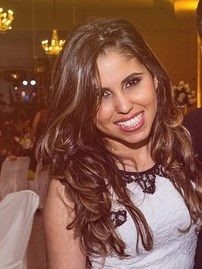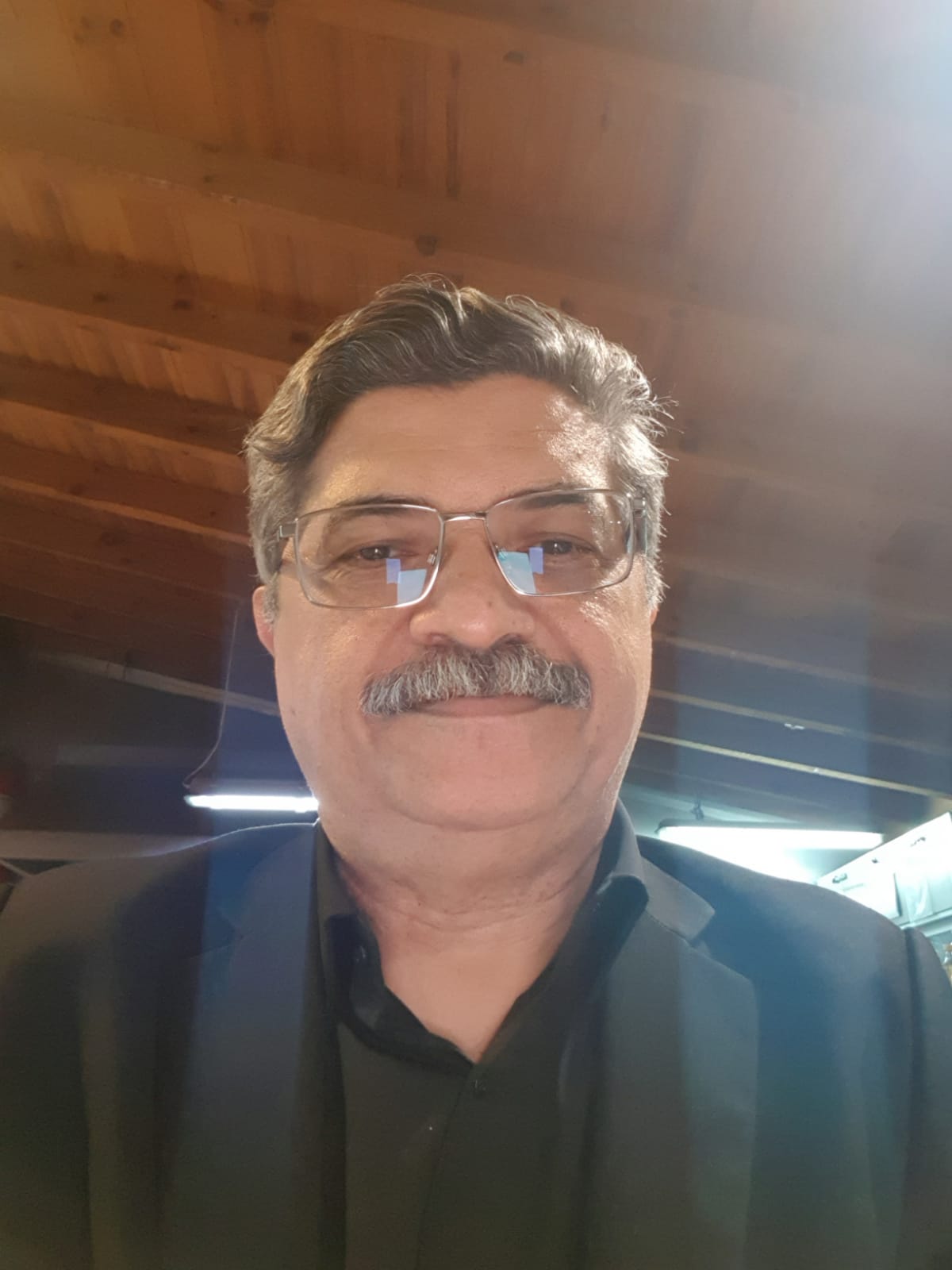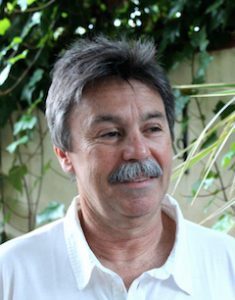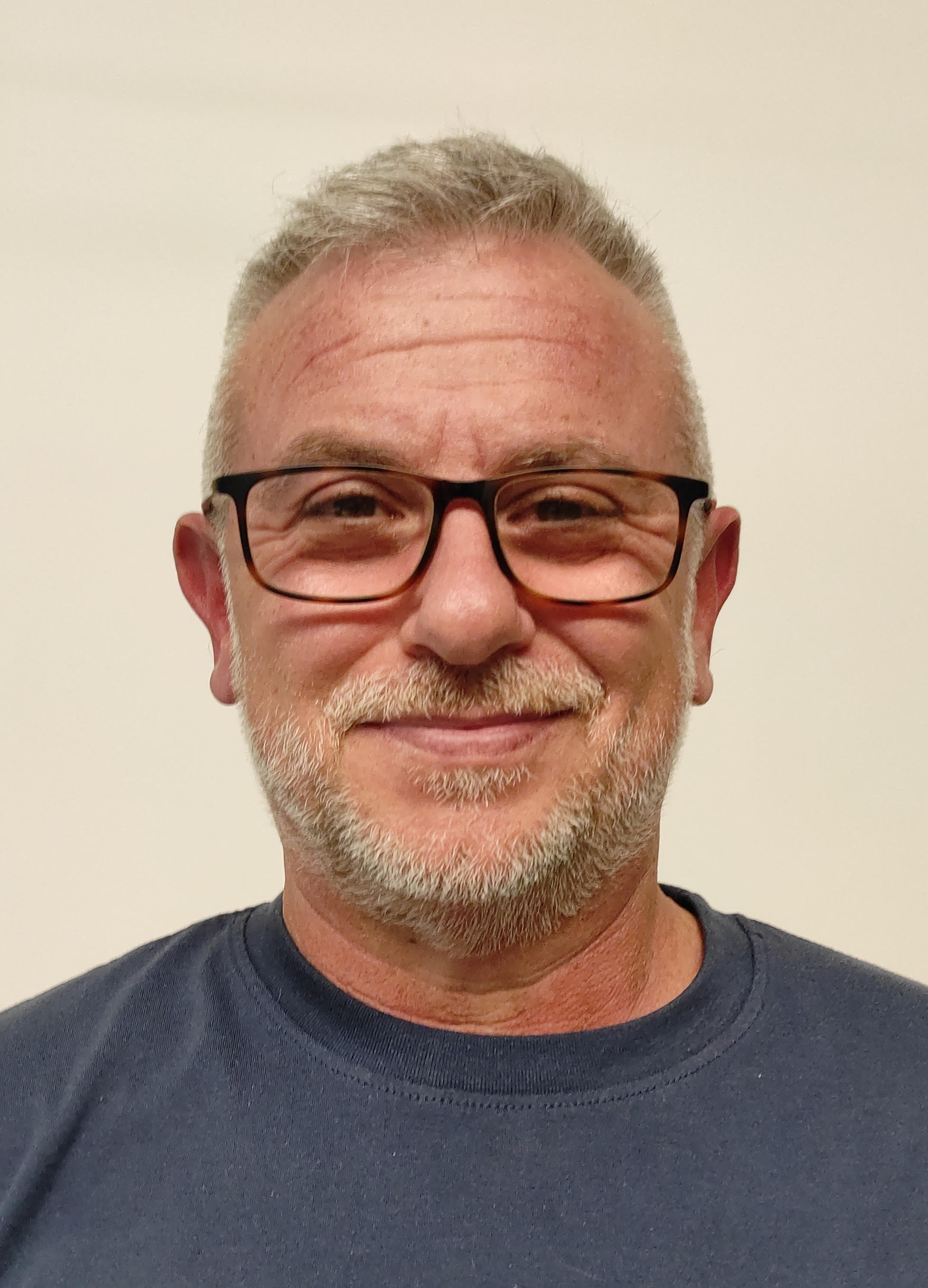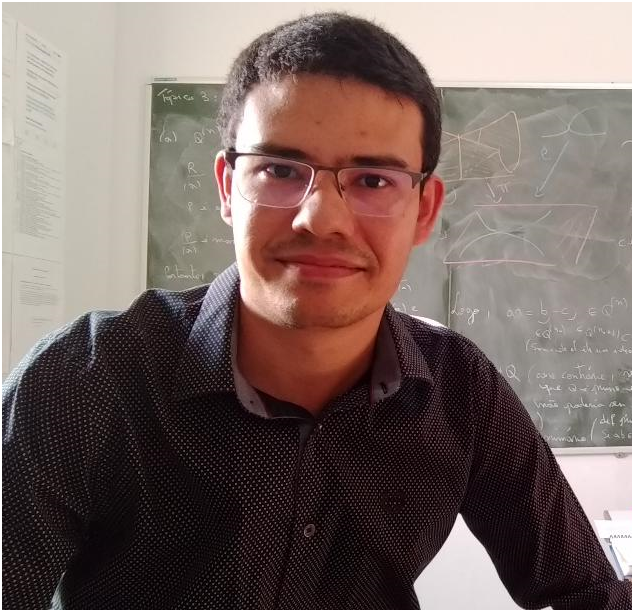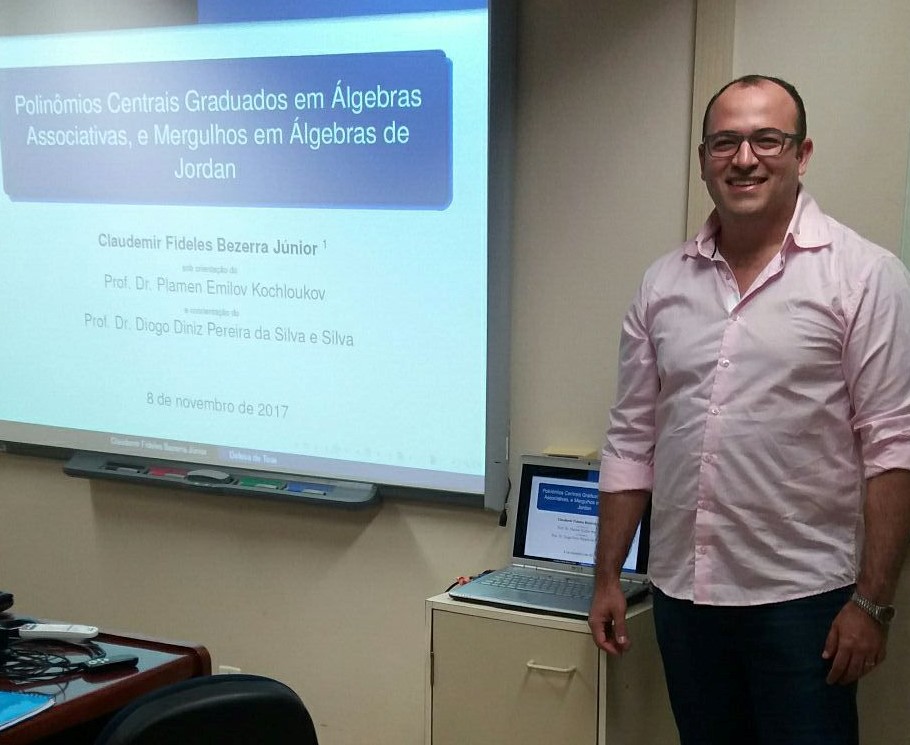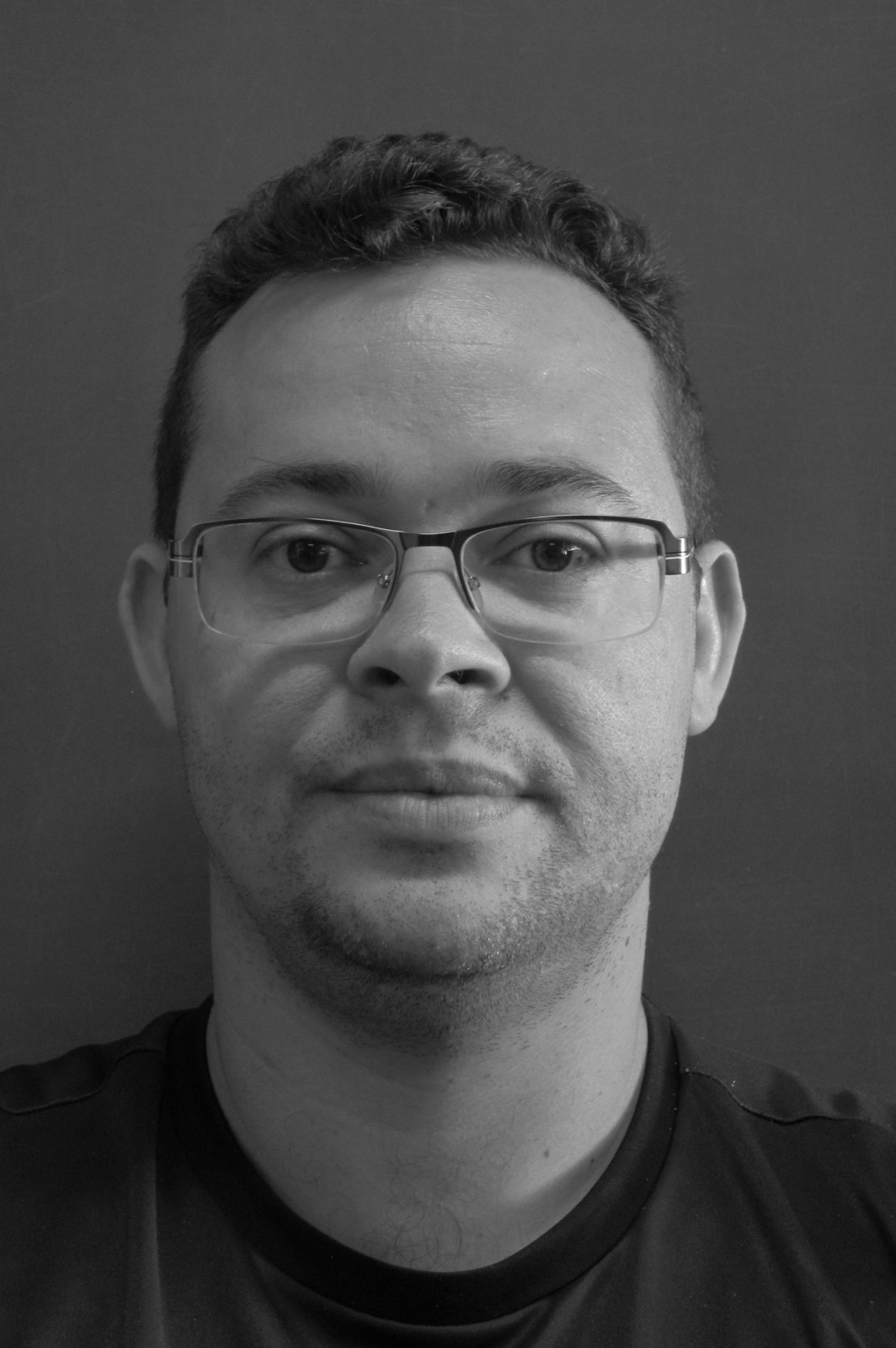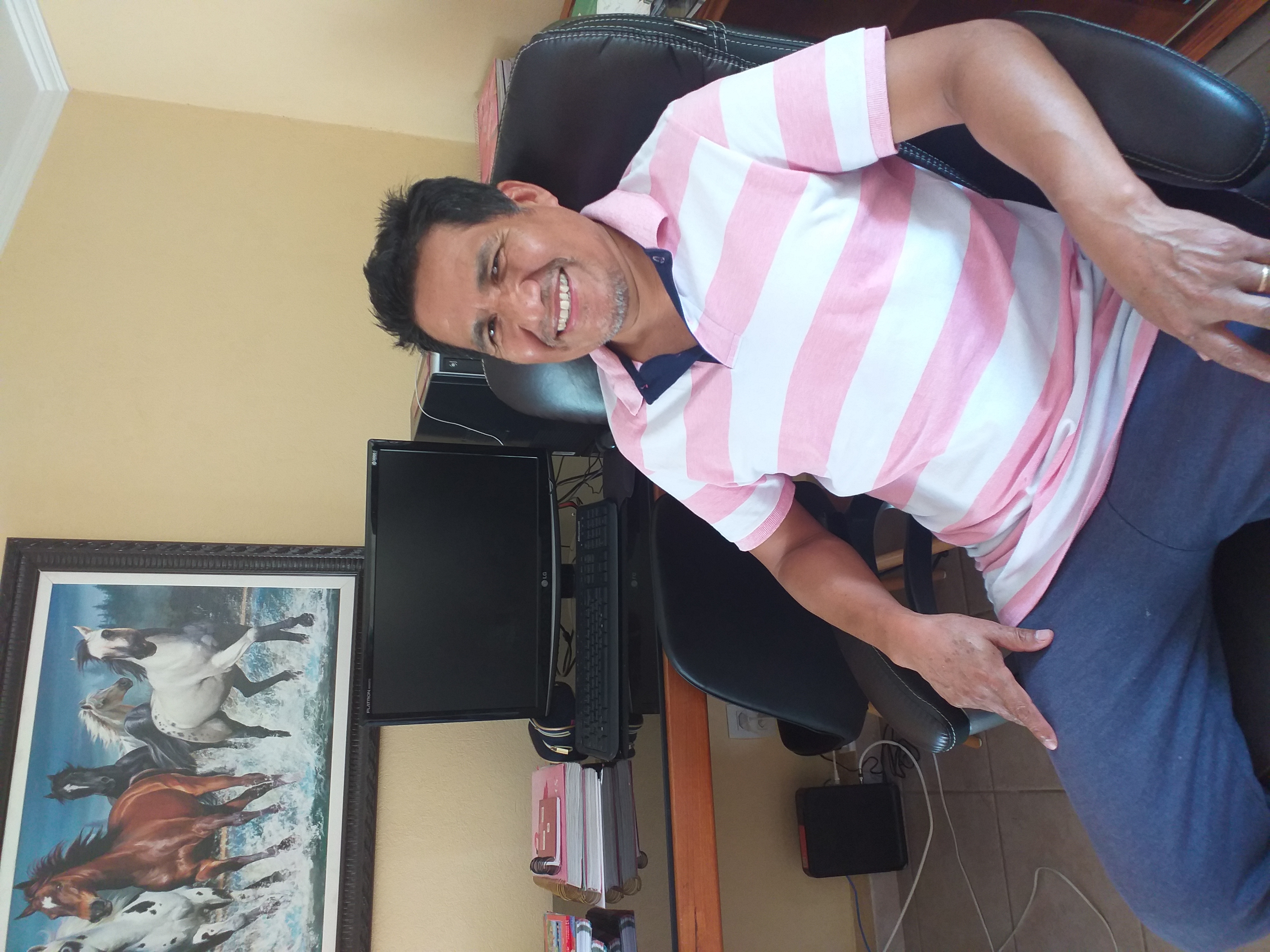|
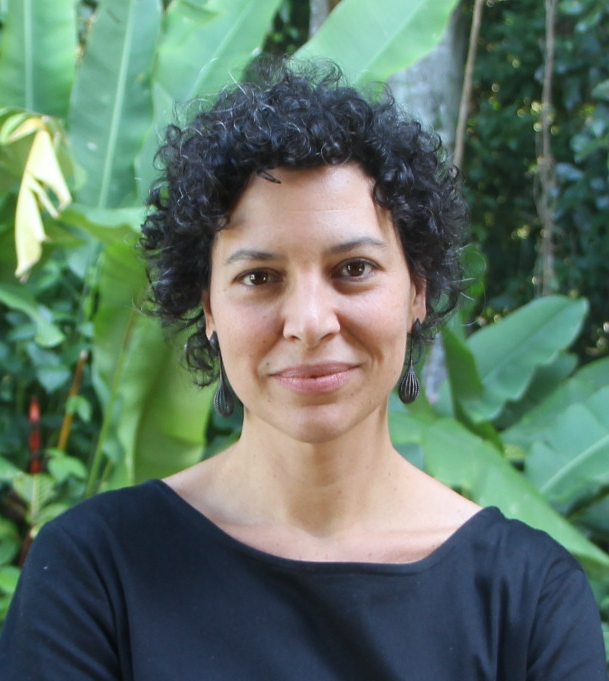
|
|
Título: Geometria Birracional
Palestrante: Carolina Araújo (IMPA)
Resumo: A Geometria Algébrica estuda objetos definidos por equações polinomiais e é uma das mais tradicionais áreas da matemática. Um tema central é a classificação de variedades projetivas complexas. Do ponto de vista de classificação, é natural estudar variedades projetivas a menos de equivalência birracional. Duas variedades projetivas são ditas birracionalmente equivalentes se possuem abertos densos isomorfos entre si. Curvas projetivas complexas são superfícies de Riemann e foram classificadas no século XIX. A classificação de superfícies complexas a menos de equivalência birracional foi estabelecida no início do século XX pela escola italiana. Durante as últimas décadas, a geometria algébrica complexa experimentou uma profunda revolução com o desenvolvimento sistemático do chamado Programa de Modelos Minimais: uma teoria de classificação e estrutura para variedades complexas de dimensão alta. Nesta palestra, faremos um panorama destes avanços e discutiremos alguns dos atuais desafios nesta área de pesquisa.
Data: 04 de janeiro de 2022, às 17:00
|
|
|
|
|
|
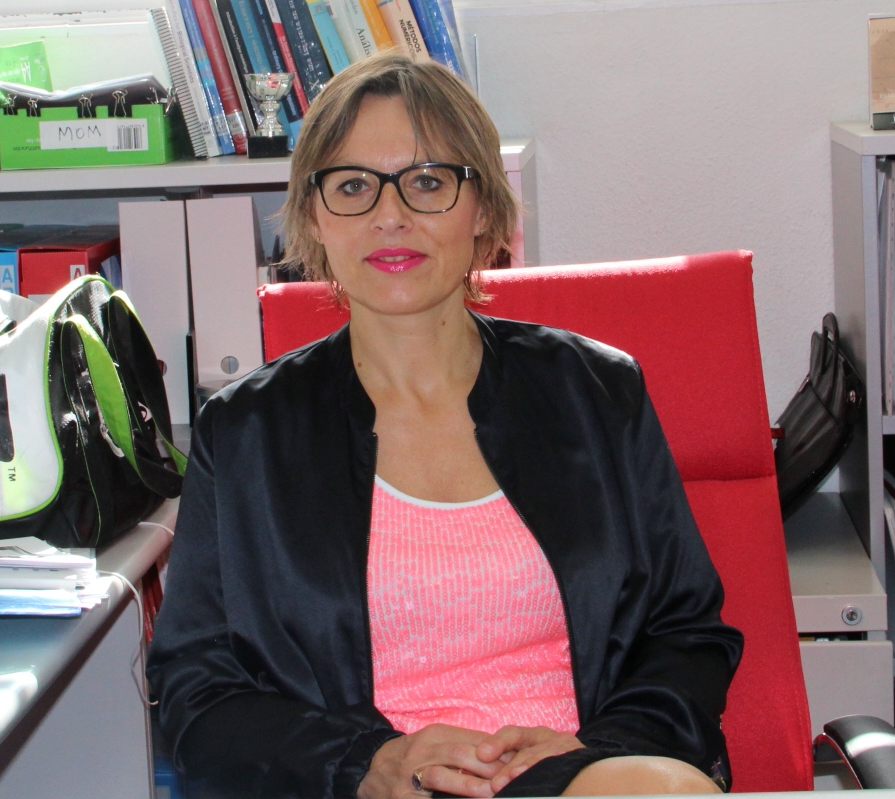
|
|
Título: Some questions related to Inverse Problems for PDE's: theoretical and numerical aspects
Palestrante: Anna Doubova (Universidad de Sevilla, Espanha)
Resumo: We present the main questions related to some inverse problems for PDE's. We describe certain techniques that we can use in order to treat these problems form theoretical and numerical point of view. We show applications of these techniques to several problems for PDE's with the origin in applied science.
Data: 06 de janeiro de 2022, às 17:00.
|
|
|
|
|
|

|
|
Título: Infinitely many sign‑changing solutions of a critical fractional equation
Palestrante: Emerson Abreu (UFMG)
Resumo: In this paper, we obtain results of nonexistence of nonconstant positive solutions, and also existence of an unbounded sequence of sign-changing solutions for some critical problems involving conformally invariant operators on the unit sphere, in particular to the fractional Laplacian operator in the Euclidean space. Our arguments are based on a reduction of the initial problem in the Euclidean space to an equivalent problem on the standard unit sphere and vice versa, what together with blow up arguments, a variant of Pohozaev’s type iden-tity, a refinement of regularity results for this type operators, and finally, by exploiting the symmetries of the sphere. Authors: Emerson Abreu(UFMG) · Ezequiel Barbosa(UFMG) · Joel Cruz Ramirez(UFV).
Data: 11 de janeiro de 2022, às 17:00
|
|
|
|
|
|
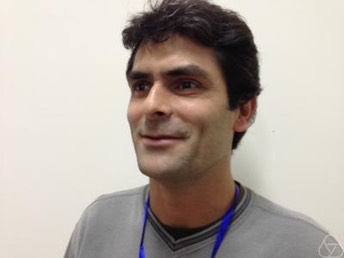
|
|
Título: Multigraded Sylvester forms, duality and elimination matrices
Palestrante: Laurent Busé (INRIA - Université Côte d'Azur, França)
Resumo: In this talk, we will consider the equations of the elimination ideal associated to n+1 generic multihomogeneous polynomials defined over a product of projective spaces of dimension n. We will discuss a duality property and introduce multigraded Sylvester forms in order to make this latter duality explicit. These results provide a partial generalization of similar properties that are known in the setting of homogeneous polynomial systems defined over a single projective space, that we will also recall. We will also discuss a new family of elimination matrices that can be used for solving zero-dimensional multiprojective polynomial systems by means of linear algebra methods. This is a joint work with Marc Chardin and Navid Nemati.
Data: 13 de janeiro de 2022, às 17:00
|
|
|
|
|
|
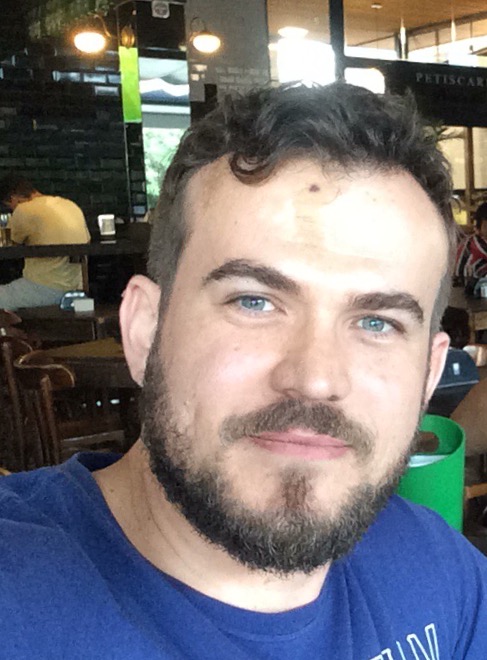
|
|
Título: Algumas propriedades físicas e geométricas do espaço-tempo
Palestrante: Benedito Leandro Neto (UFG)
Resumo: Nesta palestra, vamos explorar algumas soluções exatas para equação de campo de Einstein. E vamos ver algumas de suas propriedades físicas e geométricas. Também vamos discutir alguns problemas em aberto sobre as métricas estáticas.
Data: 18 de janeiro de 2022, às 17:00.
|
|
|
|
|
|
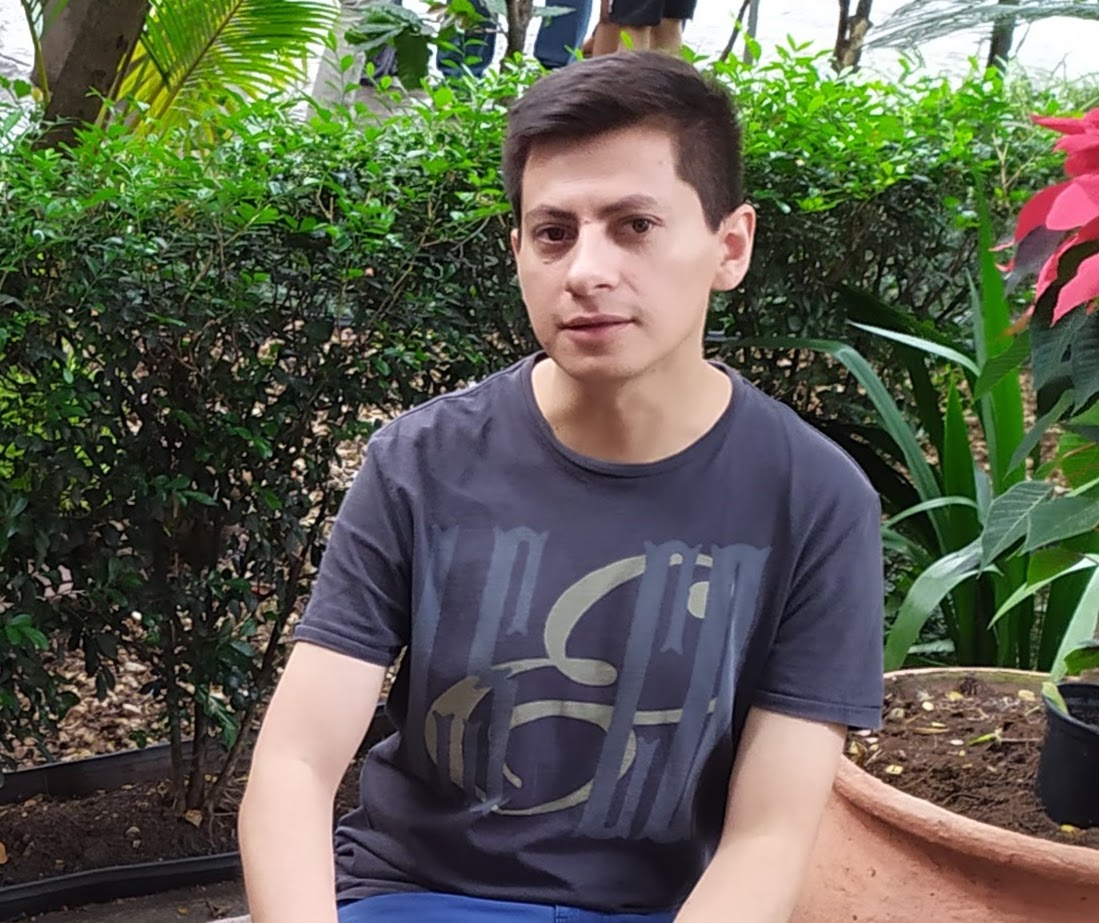
|
|
Título: Singularity and local properties of twisted sums
Palestrante: Wilson Cuellar (USP)
Resumo: A Banach space X is called a twisted sum of the Banach spaces Y and Z if it has a subspace isomorphic to Y such that the corresponding quotient is isomorphic to Z. Of particular interest is the case when Y and Z are Hilbert spaces. In this talk we study some aspects of the structure of twisted sums. Although a twisted sum of Köthe spaces is not necessarily a Köthe space, those which are obtained by the complex interpolation method are equipped in a natural way with an $L_\infty$-module structure. In this case we study disjoint versions of basic notions of the theory of twisted sums. We also consider some properties in the direction of local theory. This talk is based on joint works with J. Castillo, V. Ferenczi and Y. Moreno.
Data: 20 de janeiro de 2022, às 17:00.
|
|
|
|
|
|
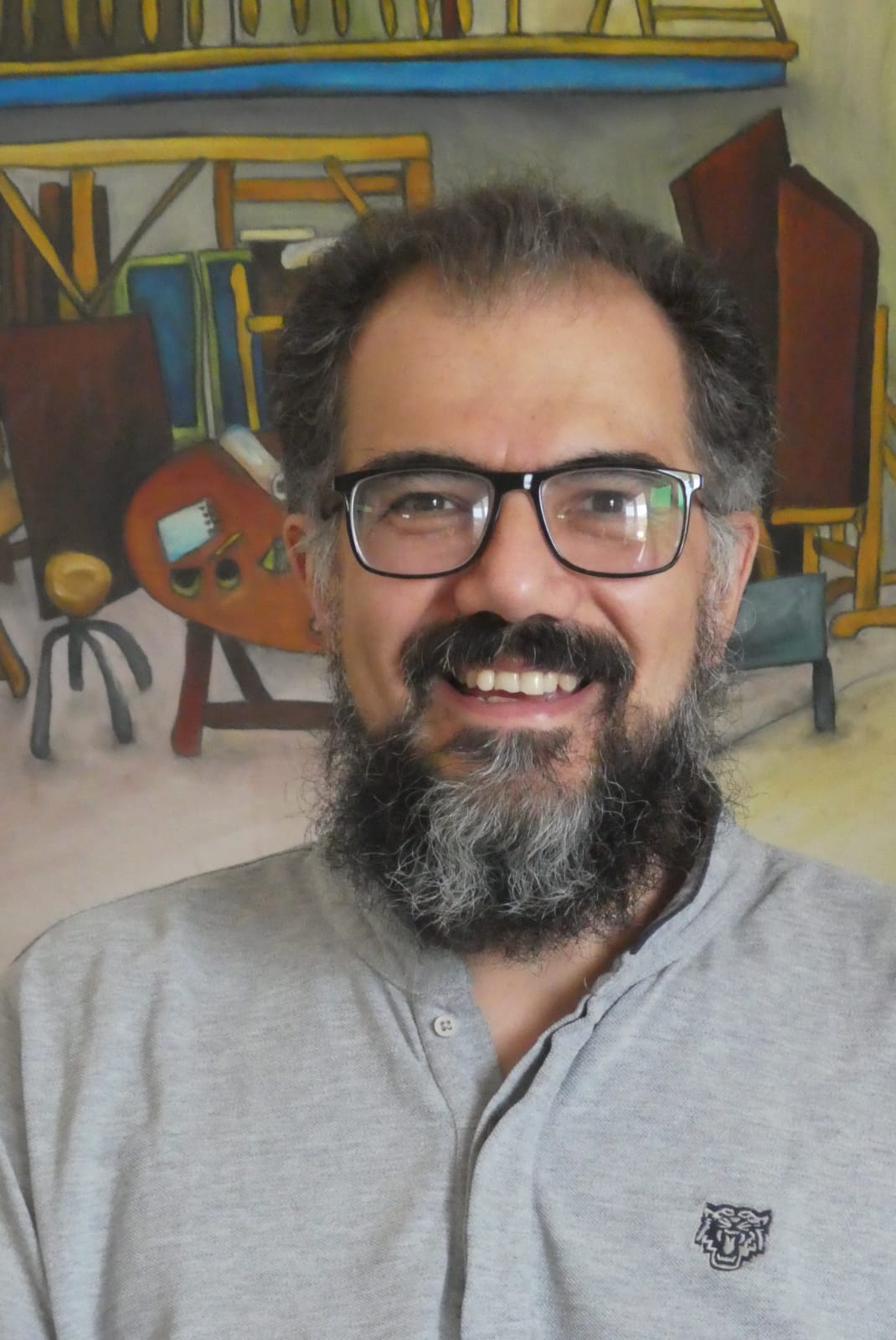
|
|
Título: The birth of Milnor’s Fibration Theorem
Palestrante: José Luis Cisneros Molina (UNAM, México)
Resumo: Milnor’s fibration theorem is a landmark in singularity theory, it allows to deepen the study of the geometry and topology of analytic maps near their criticalpoints. To each singular point of a complex hypersurface it associates a fibre bundle, known as the Milnor Fibration of the singularity. The birth of Milnor's Fibration Theorem is a curious story, since its origin is not in Singularity Theory. It begins with the discovery by Milnor in 1956 of the first "exotic spheres": smooth 7-manifolds homeomorphic to the standard 7-sphere, but with non-equivalent differentiable structures. Later, work of some great mathematicians like Brieskorn, Jänich, Hirzebruch and Pham, led to the discovery of some examples of complex hypersurface singularities whose links are exotic spheres. This motivated Milnor to determine when the link of a complex hypersurface singularity is a homotopy sphere, culminating in his now famous book "Singular points of complex hypersurfaces". One of the main results is precisely Milnor's Fibration Theorem. The aim of this non-technical talk is to tell this interesting story.
Data: 25 de janeiro de 2022, às 17:00.
|
|
|
|
|
|
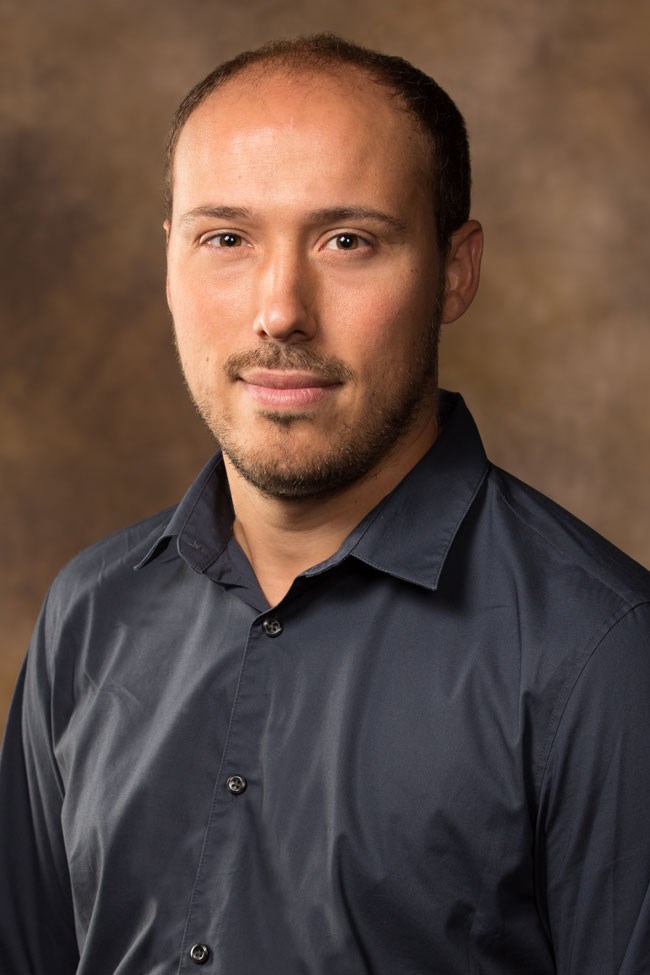
|
|
Título: Some results and questions about symbolic powers of ideals.
Palestrante: Paolo Mantero, (University of Arkansas, EUA)
Resumo: Symbolic powers of ideals arise naturally in a number of different contexts besides Commutative Algebra, for instance, they appear naturally in polynomial nterpolation problems, the proof of Fermat's Last theorem by Andrew Wiles, combinatorial optimization questions, matroid theory, and many more situations. So, on the one hand symbolic powers are fairly ubiquitous objects. On the other hand, however, they are difficult to compute, both theoretically and computationally, and as a consequence there is a large number of (even basic) questions that are still open, e.g. Nagata's Conjecture. The first part of the talk will discuss general motivating questions and some related open problems. The second part of the talk will aim at providing new tools, possibly of theoretical and practical interest, to compute symbolic powers of ideals. The talk is based on joint work with C. B. Miranda-Neto and U. Nagel.
Data: 27 de janeiro de 2022, às 17:00.
|
|
|
|
|
|
|
|
Título: $f$-minimal hypersurfaces and applications
Palestrante: Detang Zhou (UFF)
Resumo: An $f$-minimal submanifold is a critical point of weighted area funcional for submanifolds in a smooth metric measure space. It generalizes the concepts of classical minimal submanifolds and self-shrinkers, self-expanders, and translators for mean curvature flows. We will discuss some results for $f$-minimal hypersurfaces and applications to singularity models for mean curvature flow in Eucildean space.
Data: 01 de fevereiro de 2022, às 17:00.
|
|
|
|
|
|
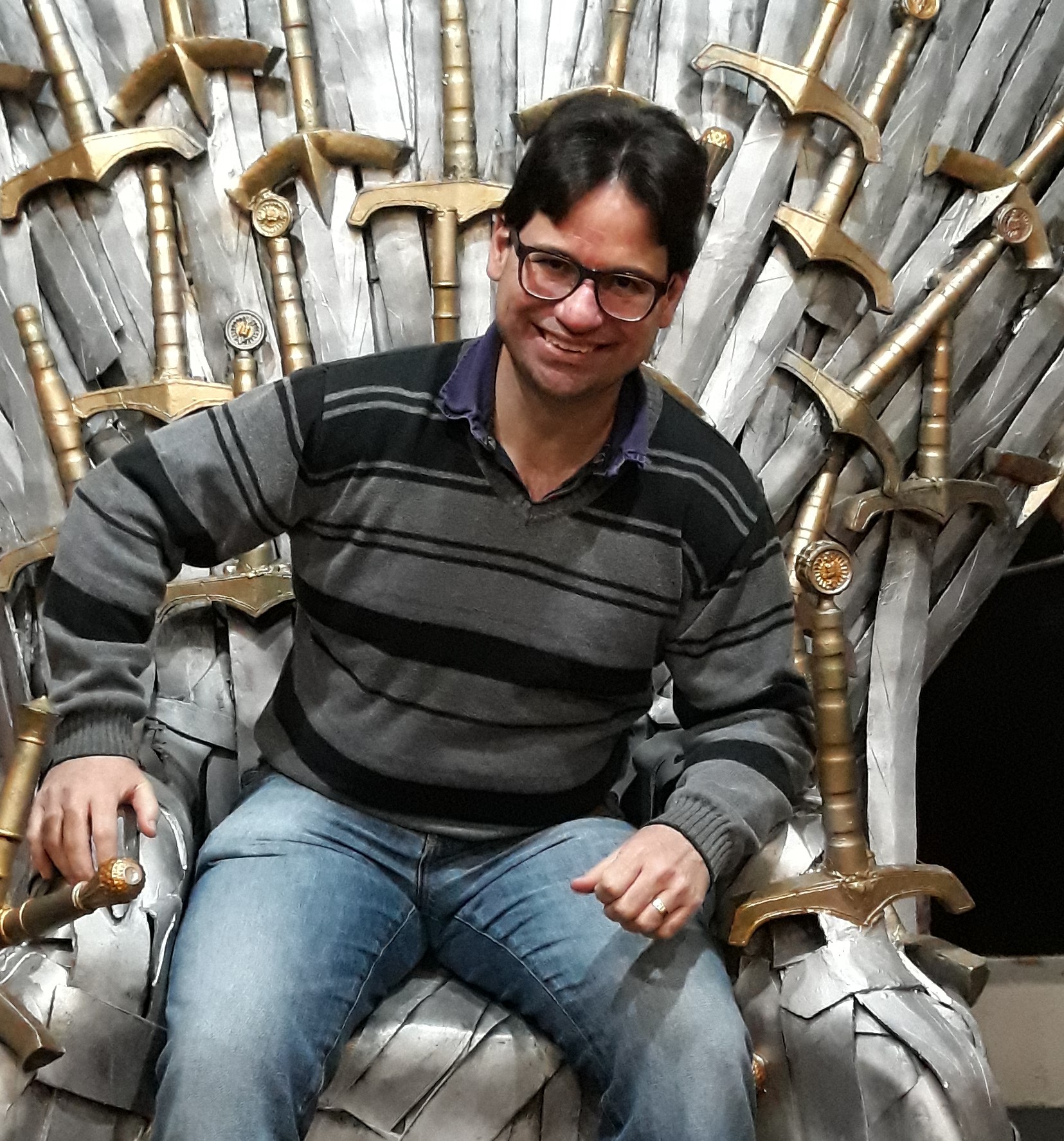
|
|
Título: Logarithmic tangent sheaves for complete intersection space curves
Palestrante: Marcos Jardim (UNICAMP)
Resumo: We define logarithmic tangent sheaves associated with complete intersection schemes, generalizing the usual theory of logarithmic sheaves for divisors. We analyse the notions of local freeness, freeness and stability of these sheaves. We carry out a complete study of logarithmic sheaves associated with pencils of quadrics and provide a complete classification of free pencils of quadrics in arbitrary dimension. Finally we produce examples of locally free, non free pencils of cubic surfaces in the 3-dimensional projective spaces, answering (in the negative) a question of Calvo-Andrade, Cerveau, Giraldo and Lins Neto about codimension one holomorphic foliations. Finally, we give some general results regarding complete intersection space curves.
Data: 03 de fevereiro de 2022, às 17:00
|
|
|
|
|
|
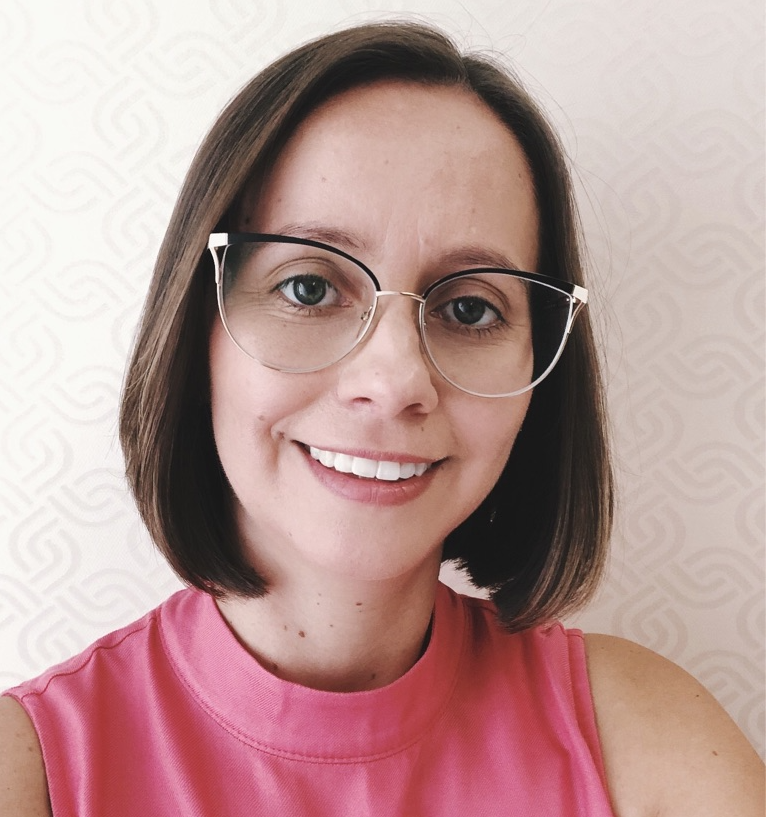
|
|
Título: O limite de uma sequência é sempre único?
Palestrante: Elisa R. Santos (Universidade Federal de Uberlândia)
Resumo: Ao pensarmos sobre os cursos de Cálculo, Análise, Variáveis Complexas ou Espaços Métricos, que costumamos fazer na graduação, seremos levados a responder a pergunta do título de forma afirmativa. Isso porque o limite de sequências em $\mathbb{R}$, em $\mathbb{R}^n$, em $\mathbb{C}$ ou em qualquer espaço métrico é sempre único. Mas existem contextos mais gerais onde a resposta para essa pergunta pode ser negativa. Estamos falando aqui dos espaços topológicos. Os espaços topológicos generalizam os espaços métricos e podem não possuir uma propriedade muito especial, conhecida como Propriedade de Hausdorff, que é uma condição suficiente para que toda sequência convergente tenha um único limite. Nesta palestra, falaremos sobre a unicidade do limite, sobre a Propriedade de Hausdorff e muito mais.
Data: 04 de fevereiro de 2022, às 17:00
|
|
|
|
|
|
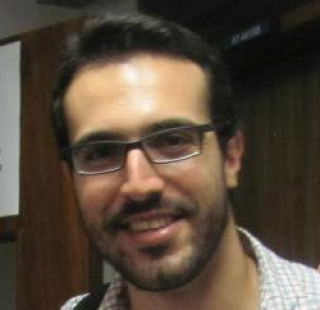
|
|
Título: Constant scalar curvature hypersurfaces of product spaces
Palestrante: João Paulo dos Santos (UnB)
Resumo: In this talk, we present existence results for constant scalar curvature hypersurfaces of Sn × R
and Hn × R which are either rotational or invariant by translations (parabolic or hyperbolic). We
apply our methods to give new proofs of the main results by Manfio and Tojeiro on the
classification of constant sectional curvature hypersurfaces of Sn × R and Hn × R. The talk is
based on a joint work with Álvaro Ramos (UFRGS) and Ronaldo de Lima (UFRN).
Data: 08 de fevereiro de 2022, às 17:00
|
|
|
|
|
|
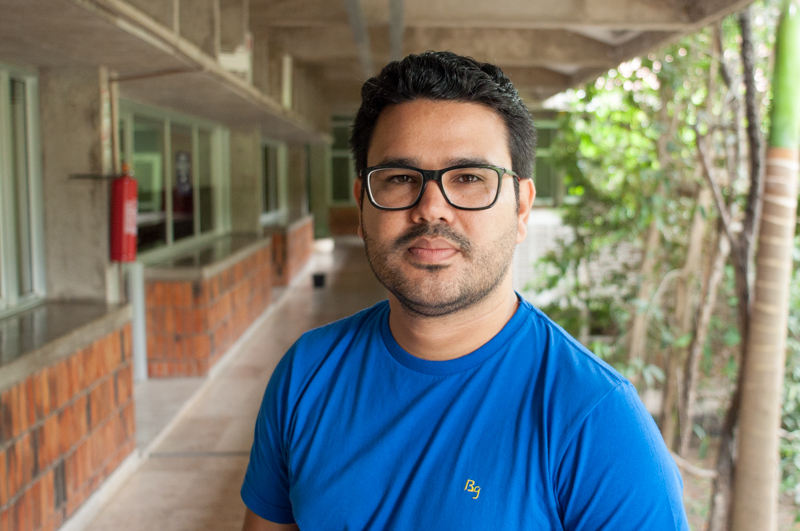
|
|
Título: Initial data rigidity results
Palestrante: Abraão Mendes do Rêgo Gouveia (UFAL)
Resumo: In this lecture we aim to present some rigidity results for initial data sets that are motivated by the spacetime positive mass theorem. A key step is to show that certain marginally outer trapped surfaces (MOTS) are weakly outermost. As a special case, our results include a rigidity result for Riemannian manifolds with a lower bound on their scalar curvature.
Data: 10 de fevereiro de 2022, às 17:00
|
|
|
|
|
|
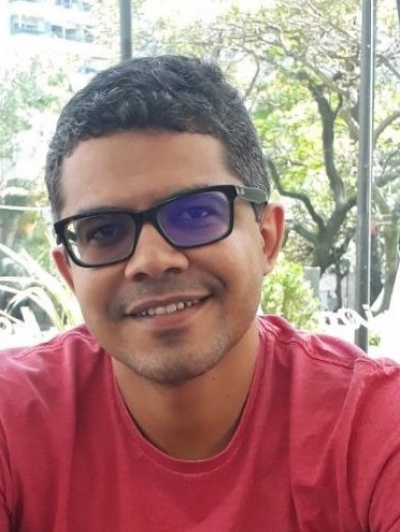
|
|
Título: Funções holomorfas com conjuntos de cluster grande
Palestrante: Thiago R. Alves (UFAM)
Resumo: Nesta palestra, investigaremos a existência de estruturas lineares e algébricas inseridas no conjunto das funções holomorfas limitadas definidas sobre a bola unitária aberta de um espaço de Banach complexo e que tem conjuntos de cluster grande em todos os pontos possíveis (i.e., todo ponto sobre a esfera em várias variáveis complexas e todo ponto da bola unitária fechada do bidual no caso de dimensão infinita). Denotando por $\mathcal{F}$ este conjunto, mostraremos que $\mathcal{F} \cup \{0\}$ contém uma cópia isométrica de $\ell_1$ e uma álgebra gerada por $\mathfrak{c}$ geradores algebricamente independentes. Também, veremos que cada álgebra $\mathcal{A} \subset \mathcal{F} \cup \{0\}$ gerada por um único gerador algebricamente independente deve estar contida numa álgebra $\mathcal{B} \subset \mathcal{F} \cup \{0\}$ que, por sua vez, é gerada por $\mathfrak{c}$ geradores algebricamente independentes.
Data: 10 de fevereiro de 2022, às 17:00
|
|
|
|
|
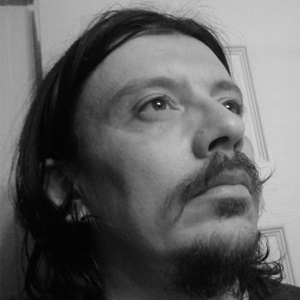 |
|
Título: Combinatorial views on the geometric and homological properties of fold products of linear forms
Palestrante: Stefan Tohaneanu (University of Idaho, EUA)
Resumo: Initially, ideals generated by fold products of linear forms showed up as an algebraic-geometric tool to determine the minimum distance of a linear code. Later was observed that when the linear code is MDS (maximum distance separable), these ideals are in fact the defining ideals of a star configuration. The geometric, algebraic, and homological properties of star configurations have received a lot of attention recently, especially since the landmark paper of Geramita-Harbourne-Migliore. Any star configuration is built on a hyperplane arrangement (the skeleton), which is generic, hence its combinatorics is not very intricate (the matroid is uniform), and therefore natural questions about these properties arise if the skeleton is replaced by any hyperplane arrangement, with no extra restrictions on the combinatorics. This talk will build up towards presenting the results in the joint paper with Ricardo Burity and Yu Xie, where we answer some of these questions: (1) we present a primary decomposition of ideals generated by fold products of linear forms; (2) we show that these ideals have linear graded free resolutions; (3) we investigate Orlik-Terao algebra of the 2nd order, and the fiber type property.
Data: 17 de fevereiro de 2022, às 17:00
|
| |
|
|
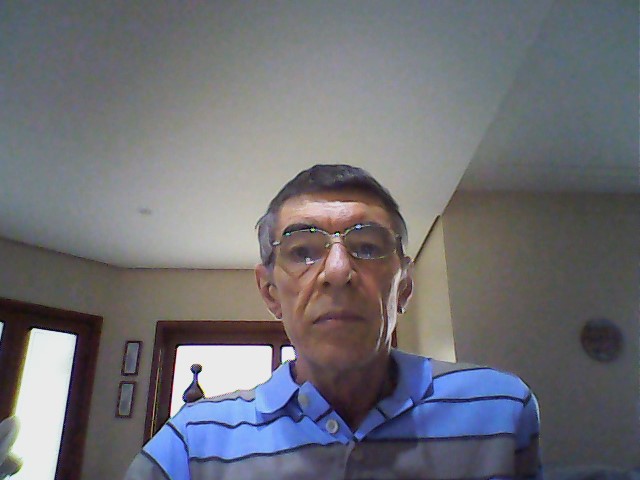 |
|
Título: Graded identities for infinite dimensional Lie álgebras
Palestrante: Plamen Koshlukov (UNICAMP)
Resumo: The theory of Lie algebras started with the study of finite dimensional Lie algebras. By the end of the XIX century the classification of the simple finite dimensional Lie algebras over an algebraically closed field was obtained by Cartan; later on, in 1947, Dynkin gave the classification its present form. Meanwhile physicists have been working with infinite dimensional Lie algebras since these provide a more suitable environment for various problems in Theoretical Physics. Works by Kac and Moody classified large classes of simple infinite dimensional Lie algebras. The polynomial identities in simple Lie algebras are known only in the case of the three dimensional algebra; this was done by Razmyslov in characteristic 0, and by Vasilovsky when the base field is infinite and of characteristic different from 2. The simple finite dimensional Lie algebras are graded (for example by their roots). Most of the infinite dimensional "interesting" Lie algebras are also graded, by the infinite cyclic group. In this talk we discuss the graded identities for Lie algebras. Recall that in the finite dimensional case the graded identities of $sl_2(F)$ are known, for any grading, and this is the only case where the complete picture is clear. We shall also discuss the $\mathbb{Z}$-graded identities of a large class of Kac--Moody algebras (joint results with C. Fidelis and D. L. Macêdo), and of the Virasoro algebra (joint with C. Fidelis and D. Diniz). We describe bases of the graded identities for these algebras. These results extend a theorem describing the $\mathbb{Z}$-graded identities for the Lie algebra $W_1$ of the derivations of the polynomial ring in one variable (it was obtained by Freitas, Krassilnikov and Koshlukov). The latter theorem was established in characteristic 0 while our results described above hold for algebras over an infinite field of characteristic different from 2.
Data: 22 de fevereiro de 2022, às 17:00
|
| |
|
|
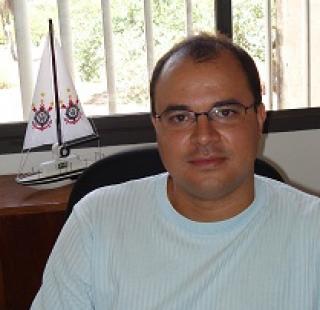 |
|
Título: Two solutions for a singular elliptic equation with critical growth at infinity
Palestrante: Marcelo Furtado (UnB)
Resumo: We look for positive solutions for the singular equation $$-\Delta u -\frac{1}{2} \left( x\cdot \nabla u\right)= \mu h(x)u^{q-1} + \lambda u +u^{(N+2)/(N-2)}, \qquad \mbox{in }\mathbb{R}^N, $$ where $N \geq 3$, $\lambda>0$, $\mu>0$ is a parameter, $0<q<1$ and $h$ has some summability properties. By using a perturbation method and critical point theory, we obtain two solutions when $\max\{1,N/4\}<\lambda<N/2$ and the parameter $\mu>0$ is small. This is joint work with Karla Sousa (UFG).
Data: 24 de fevereiro de 2022, às 17:00
|
| |
|
|
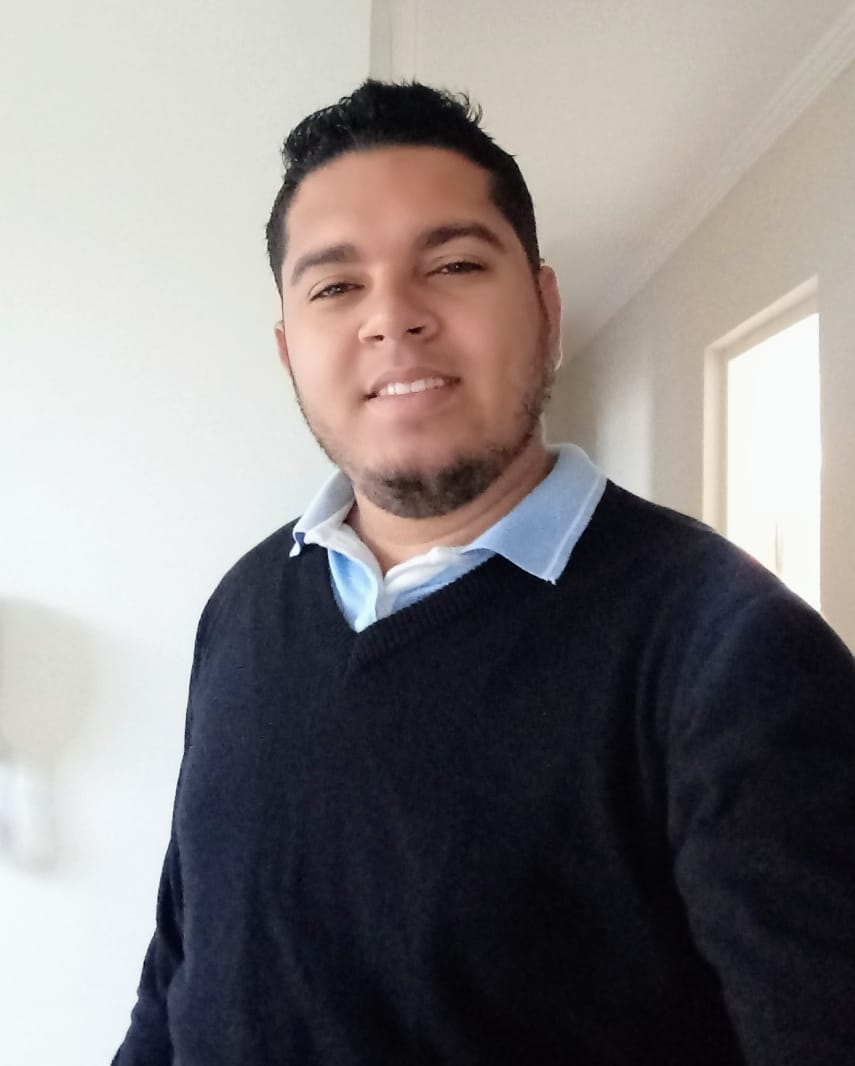 |
|
Título: Número de redução e regularidade de anéis e módulos de Blow-up
Palestrante: Douglas Queiroz (UFPB)
Resumo: Exibiremos novos resultados correspondentes à conexão entre o número de redução (relativo) e a regularidade de Castelnuovo-Mumford de álgebras e módulos de Blow-Up. Inicialmente respondemos em dois casos particulares a uma pergunta de M. E. Rossi, D. T. Trung e N. V. Trung sobre álgebras de Rees de ideais em anéis locais de Buchsbaum bidimensionais. Em outro teorema, generalizamos um resultado de A. Mafi sobre ideais em anéis locais de Cohen-Macaulay bidimensionais, estendendo-o para dimensão arbitrária e o provando no contexto relativo a um módulo de Cohen-Macaulay.
Data: 09 de março de 2022, às 17:00
|
| |
|
|
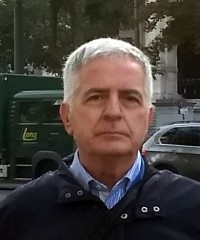 |
|
Título: The first eigenvalue of the Laplacian for a compact spacelike submanifold in Lorentz-Minkowski spacetime of arbitrary dimension
Palestrante: Alfonso Romero (Universidad de Granada)
Resumo: Eigenvalues of the Laplacian of a Riemannian manifold are Riemannian invariants of analytic nature. Especially, the first (non-trivial) eigenvalue contains intrinsic information of a compact Riemannian manifold. In the case of a compact submanifold of Euclidean space, to look for relations between the first eigenvalue of the Laplacian of the submanifold and some extrinsic quantity appears in a natural way. In this direction, R.C. Reilly proved, in his relevant paper [2], that the first eigenvalue of an n-dimensional compact submanifold in an (n + p)-dimensional Euclidean space is bounded above by n times the average value of the square of the norm of the corresponding mean curvature vector field, i.e., n times the quotient of the integral on the submanifold of the square of the norm of the mean curvature vector field over the volume of the submanifold. Moreover, if the eigenvalue achieves this bound, then the submanifold lies minimally in a hypersphere of the Euclidean space. Through a counter-example, we show that the Reilly result does not work for a (codimension ≥ 2) compact spacelike submanifold of Lorentz-Minkowski spacetime [1]. In the search for an alternative result, the original Reilly proof is recalled and it is noted that the technique in [2] is not applicable for a compact spacelike submanifold of Lorentz-Minkowski spacetime. Then, the new technique introduced in [1], based on an integral formula on a compact spacelike section of the light cone in Lorentz-Minkowski spacetime, is developed. The technique is genuine in our setting, that is, it cannot be extended to other semi-Euclidean spaces of a higher index. As a consequence, a family of upper bounds for the first eigenvalue of the Laplacian of a compact spacelike submanifold of Lorentz-Minkowski spacetime is obtained [1]. The equality for one of these inequalities is geometrically characterized. Indeed, the eigenvalue achieves one of these upper bounds if and only if the compact spacelike submanifold lies minimally in a hypersphere of a certain spacelike hyperplane. On the way, the Reilly original result is reproved if a compact submanifold of a Euclidean space is naturally seen as a compact spacelike submanifold of Lorentz-Minkowski spacetime through a spacelike hyperplane.[1] F.J. Palomo, A. Romero, On the first eigenvalue of the Laplace operator for compact spacelike submanifolds in Lorentz–Minkowski spacetime, Proc. Royal Soc. Edinburgh: Section A Mathematics, (2021), 1–20. doi:10.1017/prm.2021.5[2] R.C. Reilly, On the first eigenvalue of the Laplace operator for compact submanifolds of Euclidean space, Comment. Mat. Helvetici, 52 (1977), 525–533.
Data: 10 de março de 2022, às 17 horas.
|
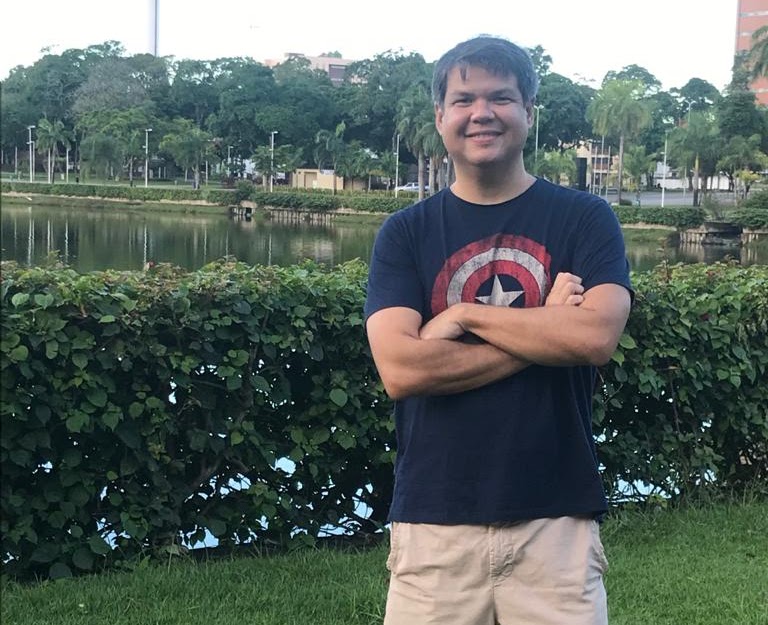 |
|
Título: Stochastic differential equations (SDEs) with distributional drifts
Palestrante: Alberto Ohashi (UnB)
Resumo: In this talk, we will discuss the existence and uniqueness of solutions of SDEs whose drift contains the derivative in the sense of distributions of a continuous function for a class of non-Markovian SDEs driven by the Brownian motion. If time permits, we will also discuss the case of weak derivatives of discontinuous functions and applications to Bessel processes in low dimension.
Data: 08 de março de 2022, às 17:00
|


